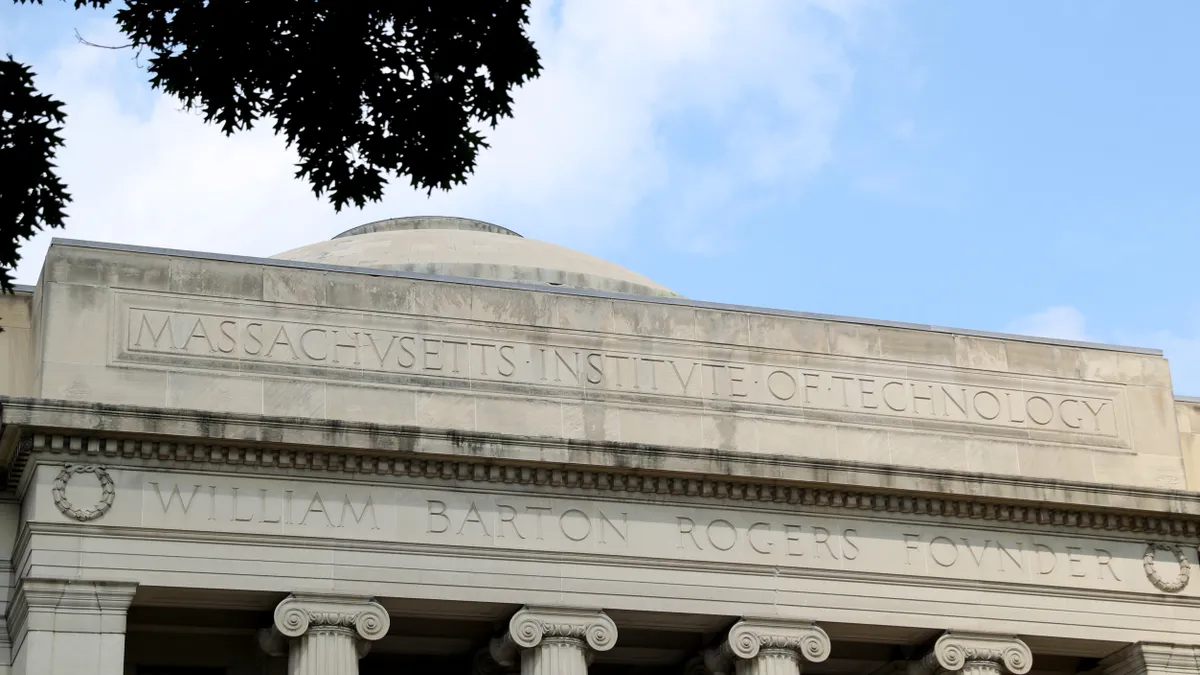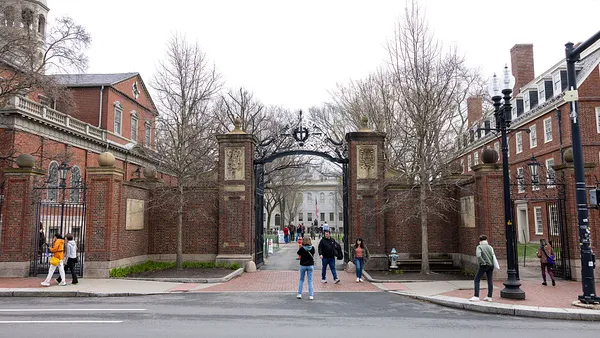Dive Brief:
- Land grant and other large research universities are taking on the mantle of workforce development and fostering entrepreneurship — long the domain of community colleges and vocational programs — and that federal government partnerships are essential to doing so, the Association of Public & Land-grant Universities explained in a policy position paper released Wednesday.
- The paper discusses five areas that universities and federal policymakers must address to ensure higher education institutions are meeting workforce needs. Those include supporting rural communities, establishing American leadership in advanced manufacturing, and bolstering innovation and entrepreneurship within institutions.
- The high-level recommendations are intended as a reference point for progress achieved by partnerships to date as well as a jumping-off point for future collaborations.
Dive Insight:
Entrepreneurship and workforce development have long been priorities of community college and vocational programs, but as the APLU report indicates, four-year universities are now widely considering them under their purview as well.
"Why not think about it in the same context as economic development and job creation," Penn State University President Eric Barron told reporters during a roundtable Wednesday. He added that top universities should "create visibility" around the work of their heavily funded programs in order to draw interest in partnerships that will make their outcomes accessible to the general public.
Catherine Howard, vice provost at Virginia Commonwealth University, said such partnerships allow universities to "uplift sectors of our community that have been forgotten or not had the advantages." She cited the university's Quick Start Construction Training Program, which recruits disadvantaged individuals to gain construction skills and certifications and offers access to job opportunities. The program works beyond the university's walls to address the severe skilled-labor shortage being faced by the construction industry in Virginia and across the country.
Barron noted that such programs are often fueled by "philanthropy and success stories" and therefore need other sources of support to continue to be successful. Meanwhile, challenges such as the lack of reliable broadband access nationwide, the desire in some corners for higher ed pedagogy to be more skills-focused, and the sizable presence of nontraditional students on campus are all challenges facing large research universities' workforce development and entrepreneurship goals.
Among the solutions Barron and Howard offered to these challenges included making dual enrollment more accessible to high school students and finding other ways to bring those students onto campus for early exposure. Helping transfer and post-traditional students understand how coursework they've completed elsewhere can count toward their current degree program is also helpful.
Many universities and colleges see online programs a forward-looking answer on the workforce development front. Penn State, for instance, recently added certificates in counterterrorism and cyber threat analytics and prevention to its World Campus, using the online platform to realize demand for niche programs. Penn State was an early leader in online education, and many institutions have since followed suit.
Increasingly, "there is a notion of establishing an approach to life-long learning," Barron said. "That and the [need for quality] makes sure this is not a side business but is core and is taught by faculty. Those two things are going to make it quite successful."














